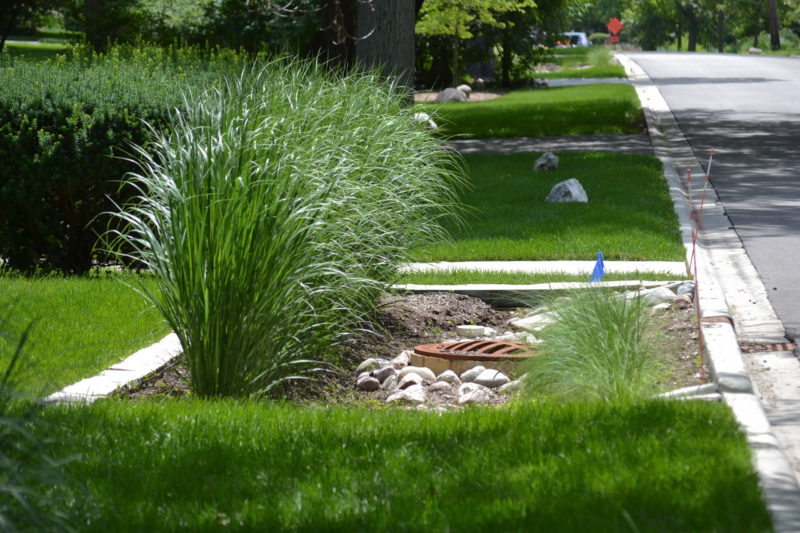In the past few years, Los Angeles County has grown into a living laboratory for green infrastructure that can create good jobs, improve water quality and reliability, and strengthen neighborhood health. Historically, infrastructure projects in US cities have focused on trying to control nature, which has often harmed wetland habitats and water quality and limited people’s access to open space.
Recently, however, LA community-based groups and public agencies have been ramping up their attention to and work on green (also called nature-based) infrastructure projects. There’s good reason for this. According to county estimates, nearly 100 million gallons of contaminated water and debris flow through its storm drain system every day. When it’s rainy, that flow can increase to 10 billion gallons per day.
Manal J. Aboelata and Elva Yañez of Prevention Institute explained that stormwater is an equity issue:
Too many communities lack the resources to capture and cleanse stormwater. This means a valuable and, in our fast-changing climate, increasingly scarce resource often ends up wasted. Despite any other water issues a community faces, stormwater matters. In drought-prone regions, stormwater, properly treated and cleansed, can help communities meet their demand for water. In neighborhoods at risk of flooding, failing to capture stormwater can cause extensive damage, and threaten health and safety.
Untreated stormwater also poses serious risks to human health and the environment, especially in low-income communities and communities of color that are overburdened with exposure to other sources of pollution.
In the wake of the COVID-19 outbreak, we are learning more acutely how connected we all are to each other’s health and well-being, and to the water, air, and land we share. As a country, we must recover in ways that build climate resilience and ensure everyone has clean, safe, and reliable water, among other goals of more just society and economy.
Green infrastructure, by its very nature, leans into the interdependence of community health, environmental health, and economic prosperity and opportunity, which makes it popular with voters and politicians alike. It can help create new parks and green space, which 38% of LA residents do not have within walking distance of their homes. A study by LAANE also estimated that an LA County stormwater program would create over 9,000 local jobs and generate over $14 billion in economic benefits.

Students learn how stormwater capture projects work at Milton Street Park in Los Angeles, Mountains Recreation & Conservation Authority
In 2018, LA County Supervisors unanimously passed a measure to raise about $300 million per year from property owners for new green stormwater infrastructure projects. A few months later, residents voted for the measure and the county created its Safe Clean Water Program. Now, there are 53 projects applying for the first year of funding to move from concept to physical construction, operations, and maintenance.
OurWaterLA, a coalition of community-based groups, water advocates, and LA residents, is leading policy, organizing and advocacy efforts to make sure the county implements the new program in a way that fulfills what voters said they wanted: priority investments in underserved communities; local hiring and family-sustaining jobs; more secure water supplies; and new parks and green space.
Working at the intersections of water, health, and equity – while it is one of the best ways to make public funding have the greatest impact – is a new concept for many public agencies. Scaling green stormwater projects that provide multiple benefits requires also working on the institutional systems that have historically favored single benefit solutions. OurWaterLA is working to both advance shovel-ready projects and government capacity for this type of change.
Visit OurWaterLA’s website for more information on how they are working to reinvest in LA’s water future and support emerging local water leaders.
The county’s Safe Clean Water Program builds on the hard work of early adopters who stretched the boundaries of what green stormwater infrastructure could do for their neighborhoods’ health, safety, and job opportunities.
On Google Earth, take a short tour of some of these early adopter projects as well as new proposed projects that best exemplify the power of green infrastructure. You’ll need to use Chrome on a computer to view the presentation. When it opens, just click “Present” and start the journey.

